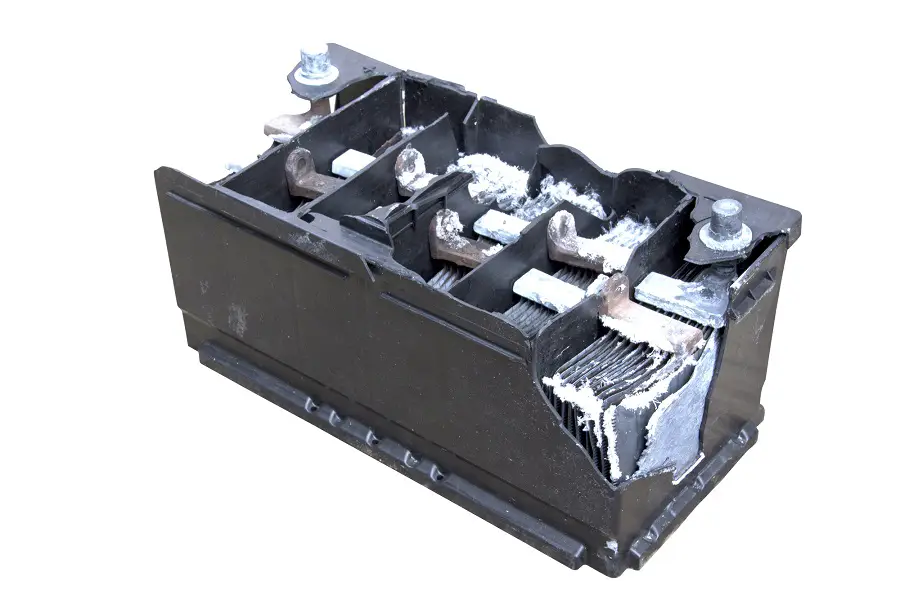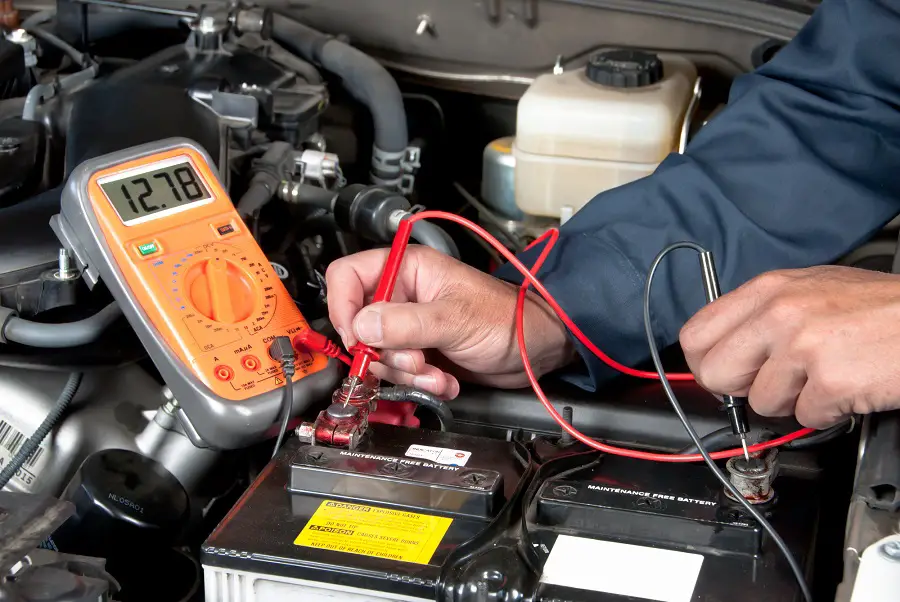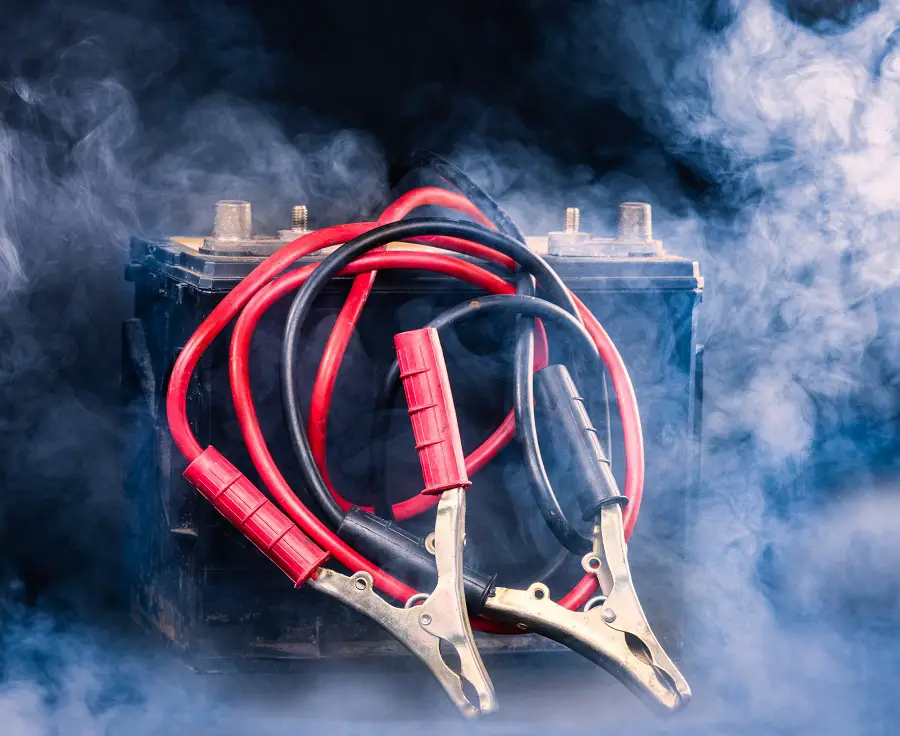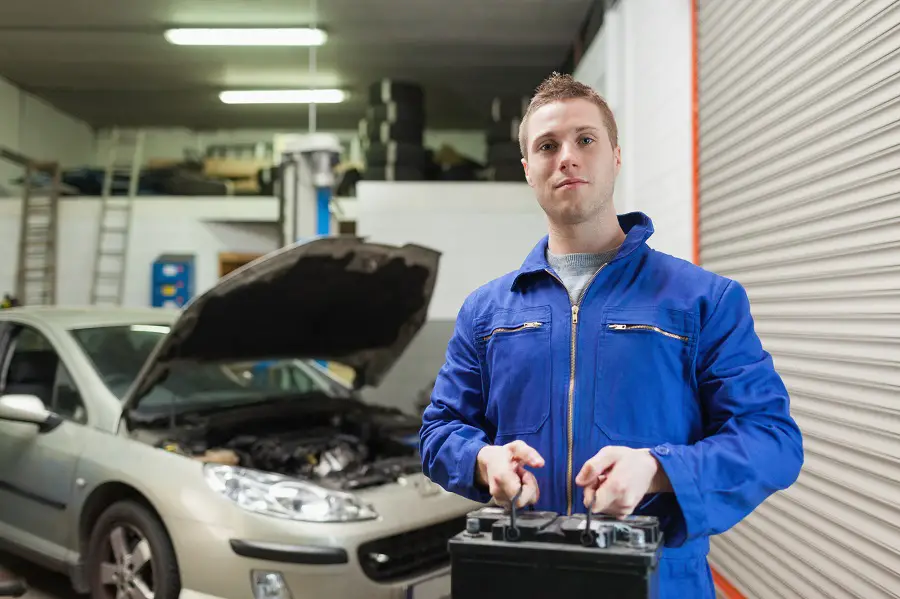You drive your car almost daily, whether commuting to your job or for personal errands. The last thing you need is your car’s battery to give out. After all, flat batteries can create countless headaches, regardless of whether it’s an older vehicle or a modern vehicle.
For that reason, knowing how long you should run your vehicle if you’re trying to charge flat batteries is important. There is a wide range of variables.
There are only so many ways to deal with a dead battery – so let’s go over some basics and then get into the meat.
The Basics of Your Car’s Battery
While knowing what to do in case your car battery dies is essential, learning the basics of how it works is also crucial to know. This way, once you know the functions of your car’s battery, you will be able to diagnose the issue as to why it’s dying.
How Does a Car Battery Work?
So, when it comes to your car battery, how it works is that it serves as a power bank that produces approximately 12 volts of energy. The electrical energy is transferred to the car’s engine to keep it functional via battery terminals, including a positive and negative terminal.
The red one is the positive terminal, and the black one is the negative terminal (TIP: as we mentioned in our article a few weeks ago, you need to make sure and connect/disconnect your positive terminal first to save your settings)
Typically, the power from the battery connects to the engine once you turn your ignition. However, there are different car batteries; these examples are flooded lead-acid, gel, and absorbed glass mat (AGM). Some also have a different battery capacity, which impacts battery life. It all depends on the type of battery.
No matter what battery type you’re using though if your car battery needs to be replaced and cannot charge, even if idle, there are some important factors to consider when choosing a new one.
- A group number of a new car battery determines whether or not it will fit in your car. The group number measures the battery case’s length, width, and height. The group number must match your old battery because if not, then it won’t fit in your vehicle.
- The voltage power of a new car battery will determine the functionality of your car in different environments. Remember that all car batteries produce 12 volts of energy, and anything lower than that will not power your vehicle sufficiently. Other factors to consider are also cranking and cold cranking amps. A cranking amp refers to the power that can start your car at 32 F. A cold cranking amp is the power that starts your vehicle at 0 F.
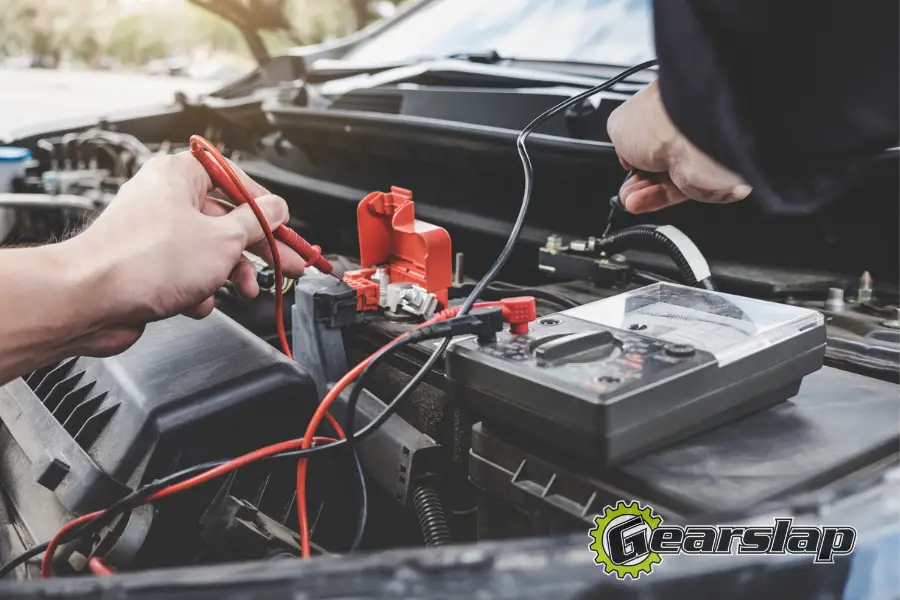
Does Running the Car Charge the Battery?
In short, yes! Running your car can charge the battery as long as your engine is functional. It will top up the power supply on a regular basis.
Not only does your battery depend on whether or not the electrical systems within your car work, but your alternator also supports it by keeping it charged. We will go over the functions of the alternator later on in this article.
Does a Running Car Charge Faster Than a Trickle Charger?
Even though most drivers prefer a trickle battery charger when it comes to charging a dead battery, running your car is a popular option to resolve this issue. With the trickle charger, you have to leave it connected to the car battery. Over time, it will trickle charge it. However, with the trickle charger, it takes longer for your car battery to trickle charge – hence the name.
Luckily, if you do happen to run your car, usually what happens is that when turning the crankshaft, it will trigger the alternator. The faster the alternator turns on, the quicker the electricity produces and transferred into the vehicle’s system. As a result, it causes faster charging than a trickle charge.
How Far Do I Need To Drive to Charge My Car Battery?
In order to charge your car battery, you will have to drive for 30 minutes at an average of 55 MPH or higher. You need to increase the number of revolutions per minute (RPM); specifically, anything over 1000 RPM is best. The faster you drive, the more RPMs are produced, and the faster the battery will recharge itself.
However, please know that this is a possible solution that might help with your car’s battery. It might not work if your battery is old or discharged (won’t hold a charge). In that case, you might have to replace your battery or go to a mechanic for help.
Putting Your Car on Idle: Will it Function if the Battery is Dead?
As previously mentioned, it’s possible to charge your car’s dead battery if it’s on idle. As long as your electrical systems and alternator function properly. Though, there are other ways to charge your car’s battery even if it’s not on idle.
Does a Battery Recharge Faster at Idle or When the Car Is Driving?
The car’s battery charges faster when the vehicle is in driving mode than in idle mode. The reason for the faster charge is that the increased speed of the engine will increase the rate at which the alternator spins. A faster spinning alternator will increase the amount of power that it output (the voltage will increase to 13-14 volts).
While idling still charges your battery, it’s usually at the lower end of 12-13 volts – and that’s only if your car’s alternator, engine, belt, and other systems are functioning. For that reason, the charge’s speed charging rate is slower than if you’re driving.
If you drive your car to charge your battery, your engine will have a load to carry. Therefore versus if it was idle, once the vehicle is in motion, it will increase the charge’s speed rate. It’s crucial to note that it will only charge the battery faster if the RPM is at 1000 or higher. Driving at highway speeds as the higher speed limits make the process faster compared to lower speed limits in the city.
How Long Should I Let My Car Idle To Charge Its Battery (If the Car Doesn’t Drive)
If the car is idle, you should let the car battery charge for at least 20 to 30 minutes. However, since the vehicle is idle, the charge’s speed rate is slower than if you were driving it. Also, while it won’t damage the car’s system significantly after 30 minutes or less have passed, you should turn the car off to give it a break. If the battery doesn’t hold its charge, it might have to be replaced.
Does Your Car Battery Drain When Put on Idle?
When idling, your car’s battery doesn’t necessarily drain, but again, it depends on the functions of the alternator and what type of accessories you use. If your alternator isn’t working correctly or cannot support high-power accessories, the battery will not charge and start to drain.
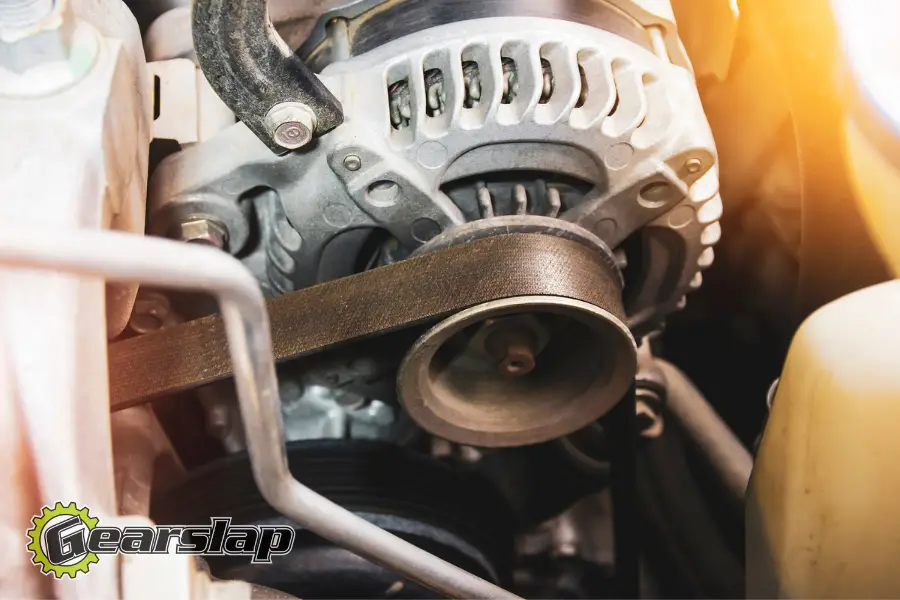
How Does the Alternator Work
An alternator works like your car’s generator. It transfers electricity to the car and helps keep your vehicle’s battery charged. The alternator is the primary energy source for your battery. If it malfunctions, the battery will not hold its charge and start to drain, causing more issues for your car.
Does the Alternator Help Charge the Car Battery When Idle?
Yes! The alternator is what keeps the car battery from losing its charge. As long as the alternator and other components within the vehicle’s system are functional, the car’s battery will charge with the help of the alternator.
What are the Signs that my Car’s Alternator isn’t Working?
The alternator acts as the primary source for your car’s battery. However, it’s essential to diagnose the signs if it malfunctions because if your vehicle isn’t holding its charge, it might have something to do with your alternator.
- Dim or Non-Working Interior Light. If you notice that your dome or side door lights aren’t working or appear dim, it’s most likely because of a malfunctioning alternator/
- Barely Functioning or Too Bright Headlights on Your Car. Remember that the alternator is an electrical power source for components within your vehicle. If your car’s battery isn’t charged correctly, it will cause your headlights to malfunction.
- Peculiar Noises Coming from Your Car. This can be growling or wheezing when you turn the car on. This can be another cause of a faulty alternator.
- Weird Odor Emitting from your Car. The odor can be similar to hot wire or burning tires. This could be from your alternator overheating.
- Testing your Car’s Alternator. However, this solution only works if your car’s battery is fully charged, so it’s not ideal in this situation.
Is it Safe to Drive Your Car if Your Alternator or Car Battery Isn’t Working?
Driving your car is unsafe if you have a faulty alternator or a malfunctioning car battery. While it is only safe to drive your vehicle to charge your battery, if your car’s battery isn’t working, then it has something to do with your alternator. You can drive with a malfunctioning alternator, but your vehicle battery might die in the process, leading to more issues.

How to Determine if Your Car Battery is Charging
So if you do have a dead car battery and attempt to charge it while it’s idle, how do you know if it’s charging or not? A fully charged battery must be at a power level of 12.6 volts or more. Any level that’s below 12.6, then the battery is dischargeable, or it’s an issue with the alternator. You can determine if your battery is charging or not by testing it.
Testing your car battery consists of recording your car battery’s progress on whether or not it can hold a charge of 9.6 volts or more for about 15 seconds. For this test to work correctly, the battery must be fully charged. Of course, if you’re having trouble with conducting this test, you can seek professional help for more guidance.
We wrote an extensive post about testing your car battery a few weeks ago.
How to Diagnose if your Car Battery is Dead: Top 8 Symptoms
This is a quick summary of a recently written article about troubleshooting a dead battery.
Though one of the ways you can diagnose if your car battery is dead is by testing it, several causes are because of it. While the primary cause of a dead car battery is a faulty alternator, there are other reasons.
- Your Car’s Alternator isn’t Working. The alternator is the source that powers the car battery. The battery will lose electric power and eventually die if it’s not functioning. Always make sure your alternator is working.
- Your Car Doesn’t Start (It starts and dies) This is a rare issue, but the primary cause is a low voltage level within your car battery. For the car battery to operate fully for extended periods, it must be at a battery voltage level of 12.6.
- The Electricity in your Car isn’t Functioning Properly. This is another cause that’s similar to a faulty alternator. This can lead to your headlights, interior lights, radio, and other features within your car from working.
- The Start-Stop Function of your Car Stops Working. Typically, if you have a start-stop function system, it can detect whether or not your car battery is working and the electrical current amount drawn.
- Your Car’s Battery Emits a Strange Odor. If it smells like sulfur, then it could be from leaking battery acid. This is another leading cause of a dead battery. Aside from the sulfuric aroma, a dying lead battery can also have a similar odor to well water, rotten eggs, or sewage.
- Your Car’s Battery Starts to Swell. When your battery is noticeably bloated, this is due to the alternator overcharging and a faulty voltage regulator.
- Your Car’s Battery Starts to Corrode. Over a period of time, the metals inside the battery will start to corrode, causing the battery to lose power. The expectancy of how long car batteries last ranges from 3 to 5 years.
- Your Car’s Battery is an Older Version. Another case is that maybe your car is an older model with a battery older than five years. For this, the battery must be replaced with a new one, which is inevitable over time.
Frequently Asked Questions
How long can a car battery last when not in use?
Typically, your car’s battery can last from four weeks to two months without it being used. Even when you’re not driving, the battery is being used, but the battery doesn’t lose a significant amount of electric power parked versus if you’re driving.
Is your car battery charging when turned off?
No, because the alternator powers it, you would have to turn your car on to charge your battery.
What causes the car battery to drain when it’s turned off?
The cause of your car battery draining could be your interior lights, clock, alarm, and other features within your car.
Does the car battery lose volt charge overnight? If so, how many volts?
Your car battery could not lose volt charge unless you left something on overnight. This could be your cabin, glovebox, or other headlights on.

